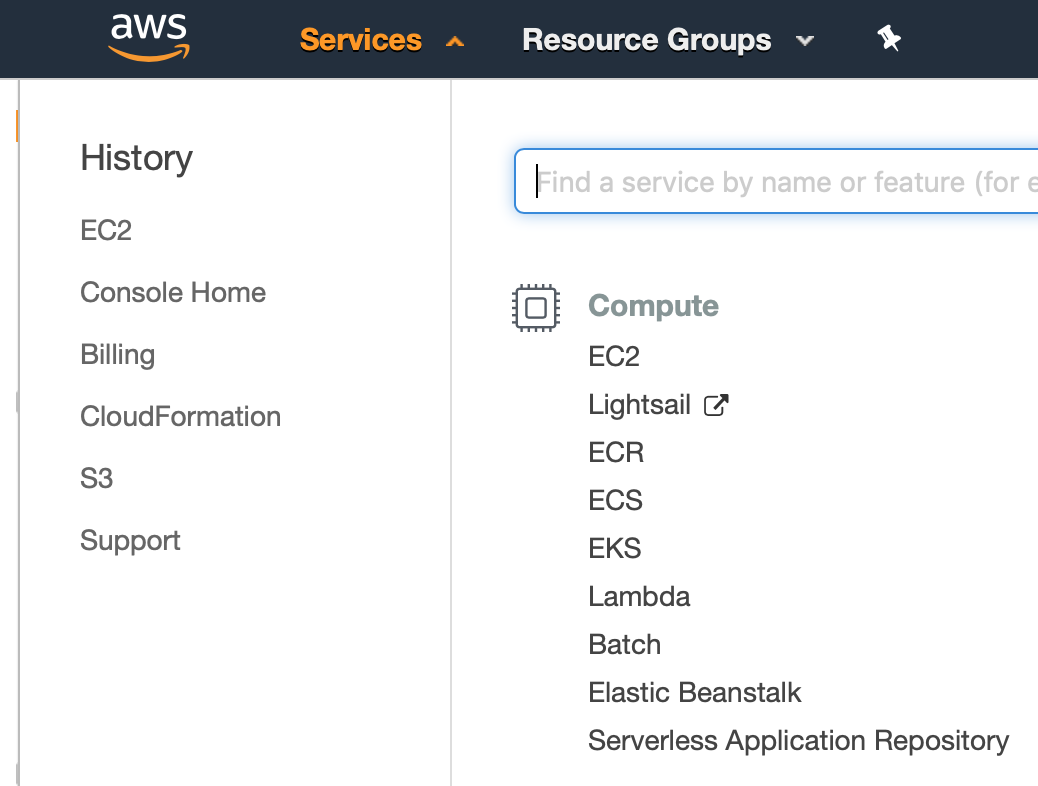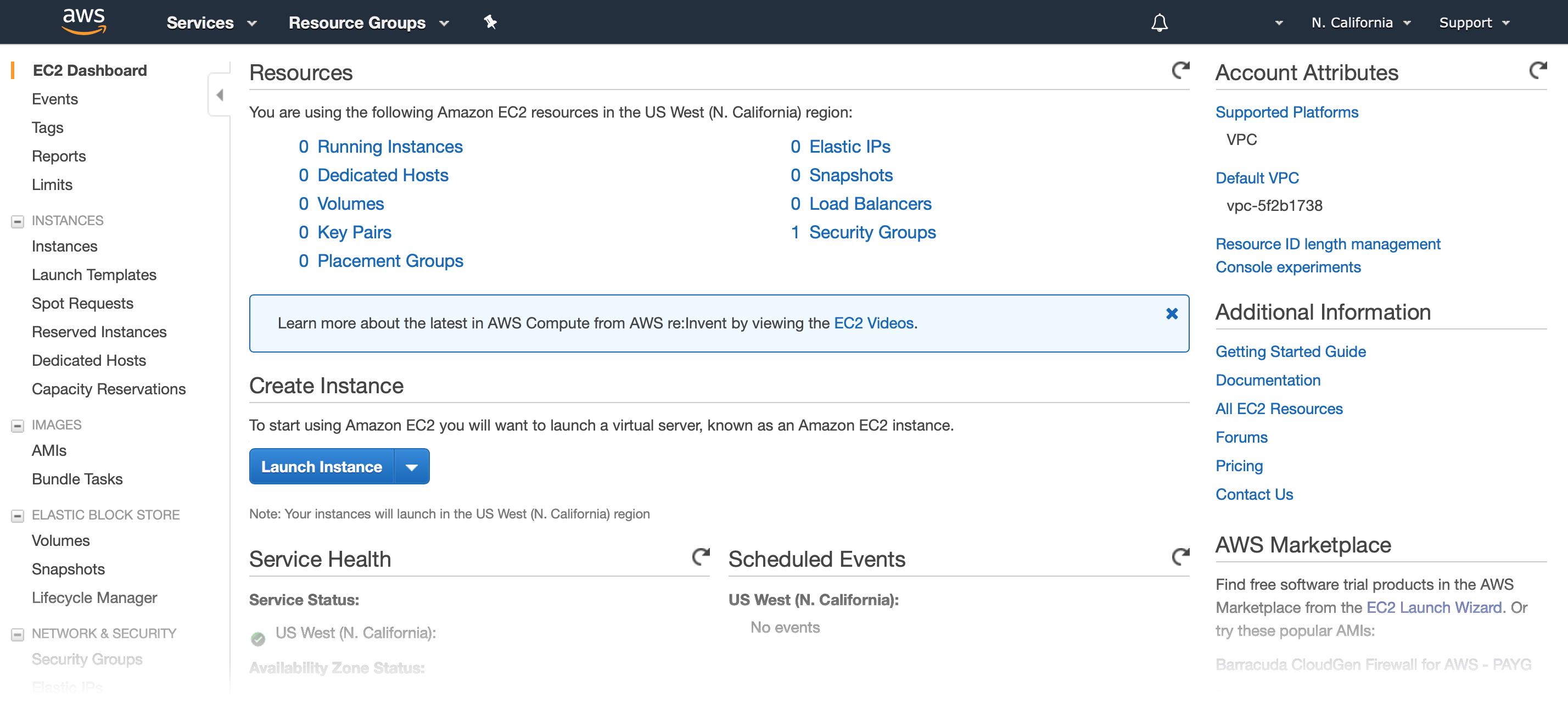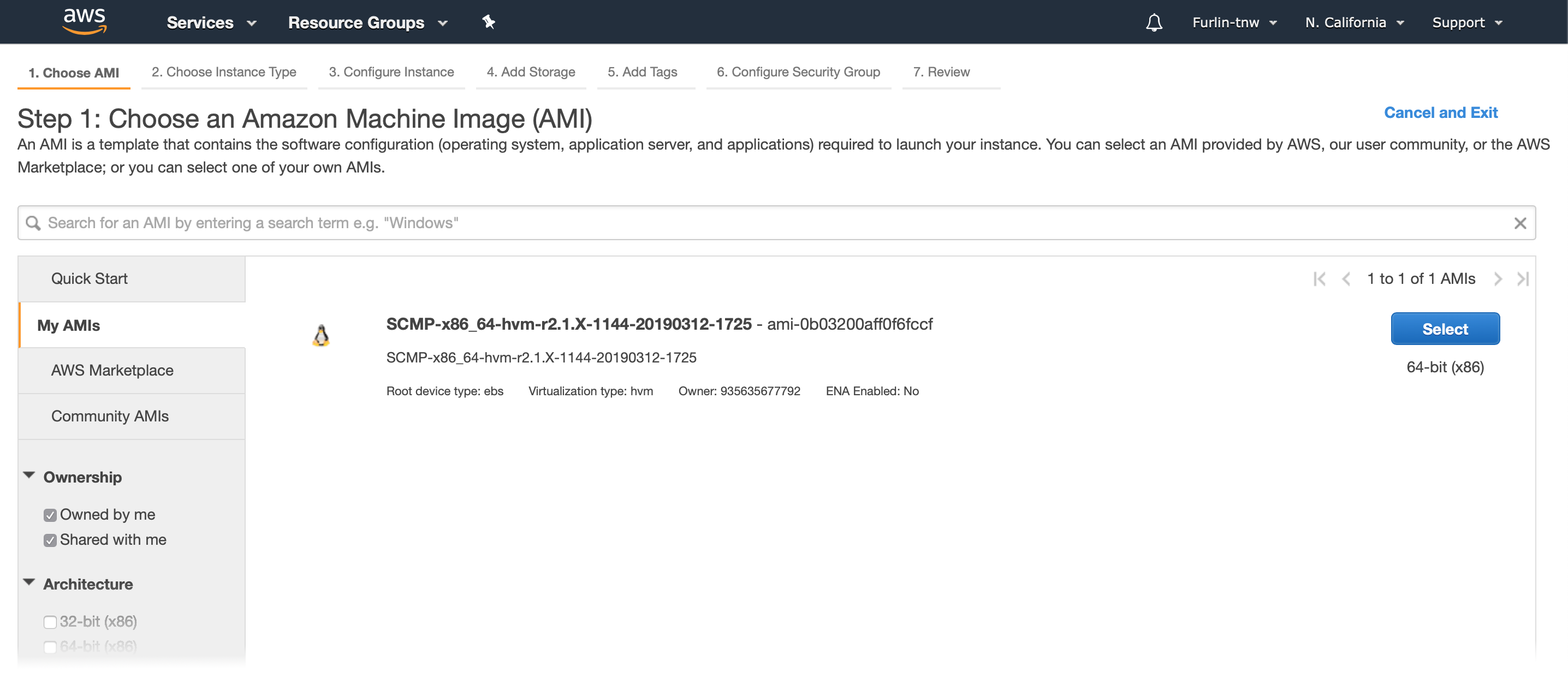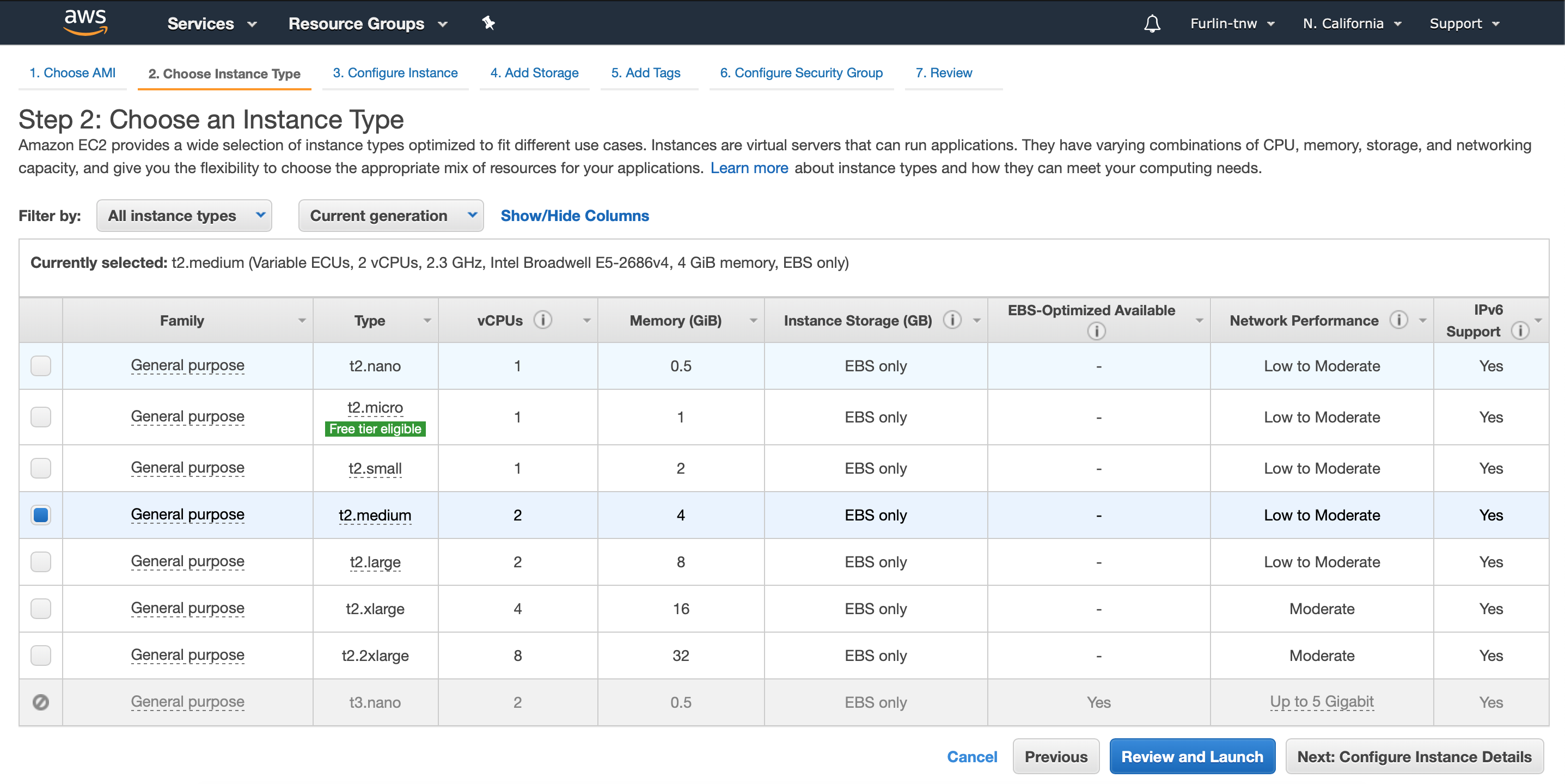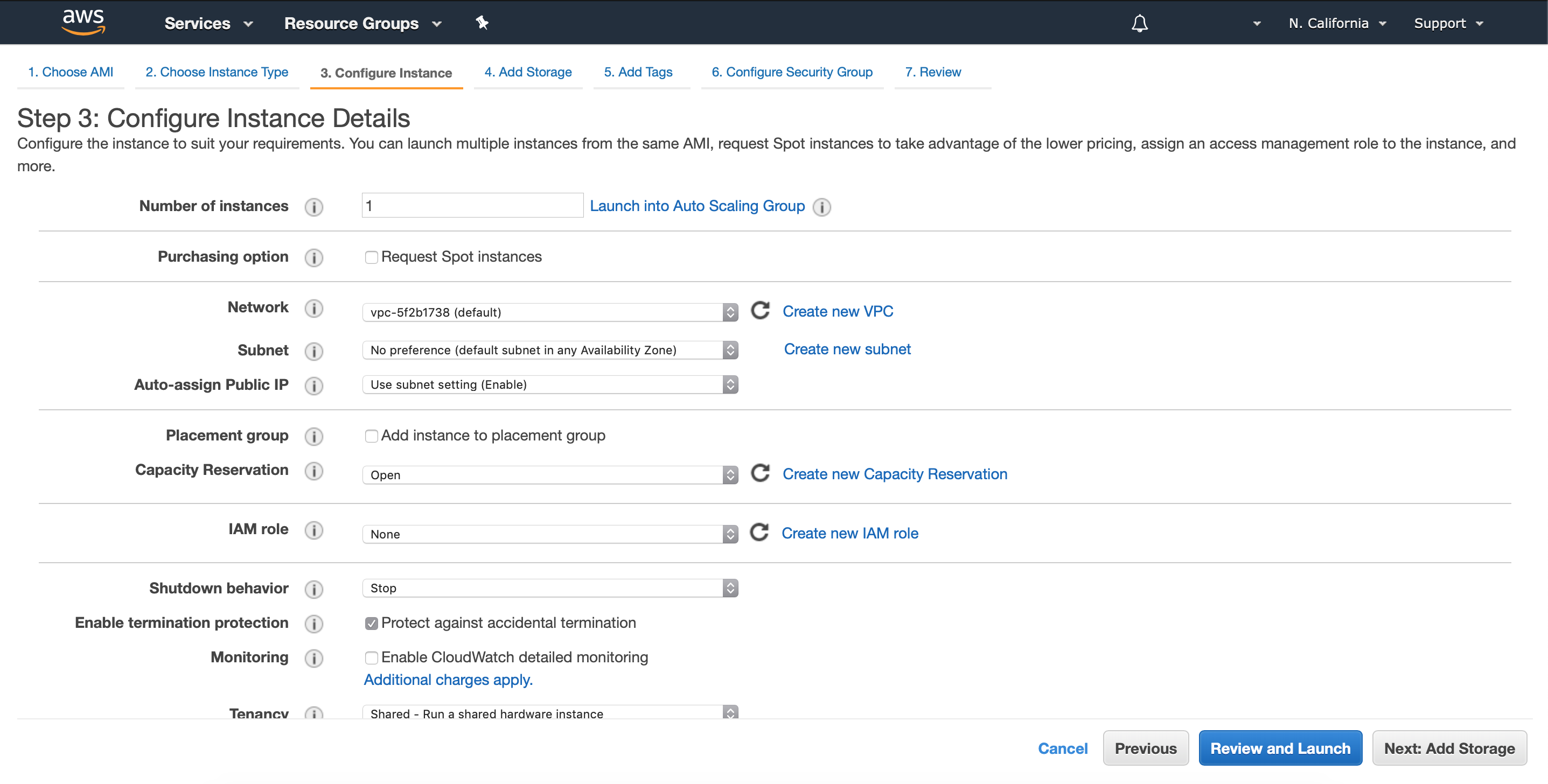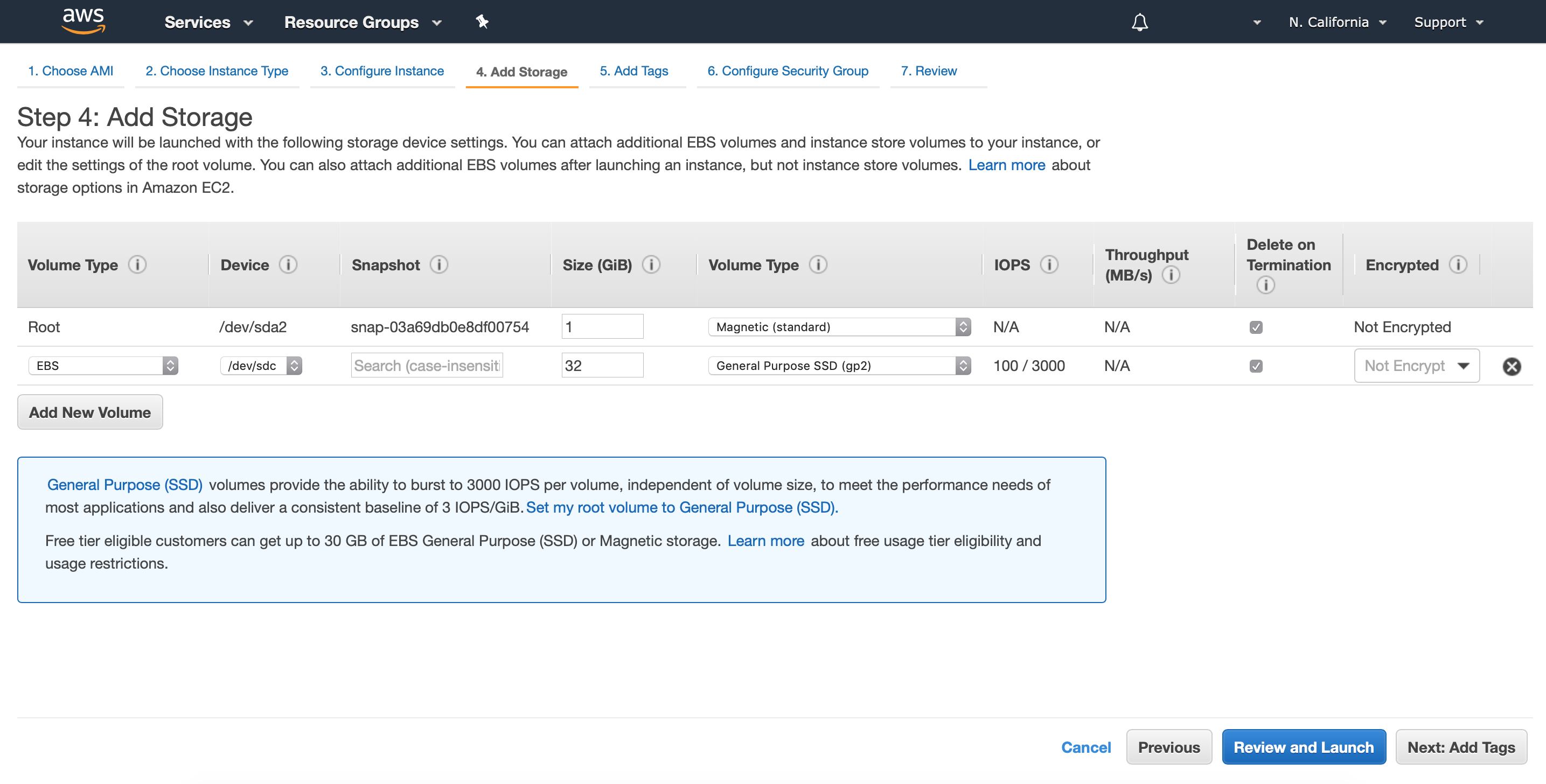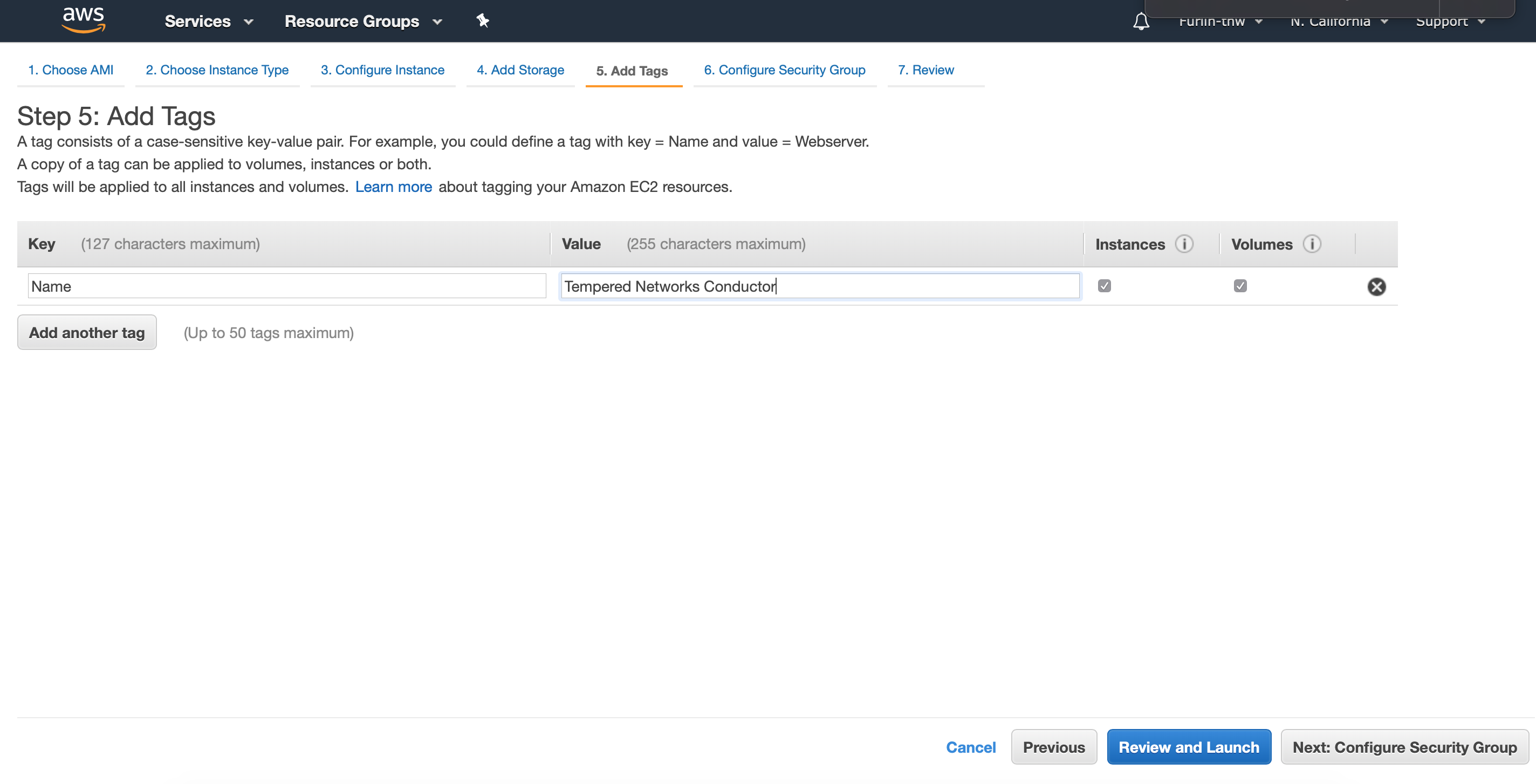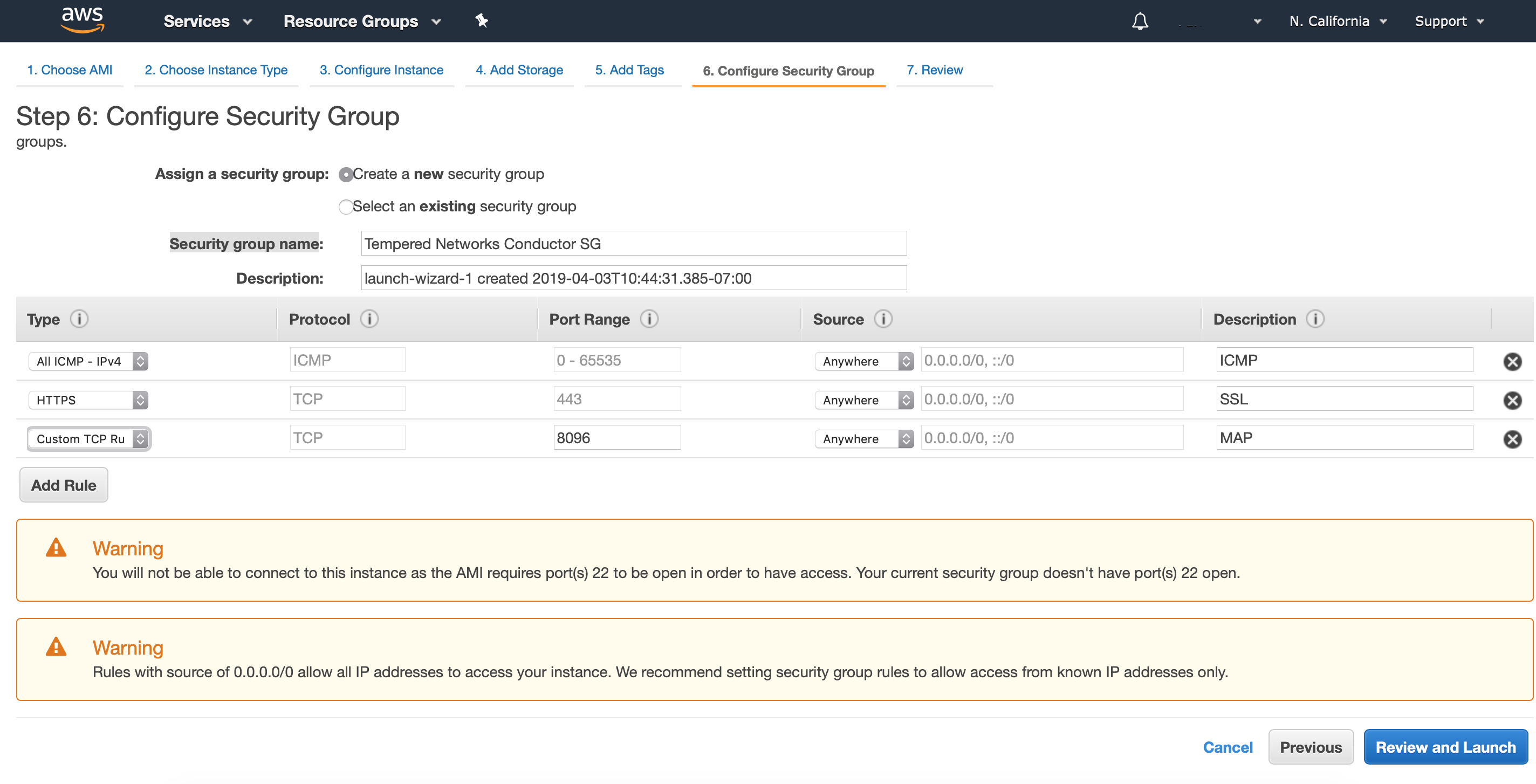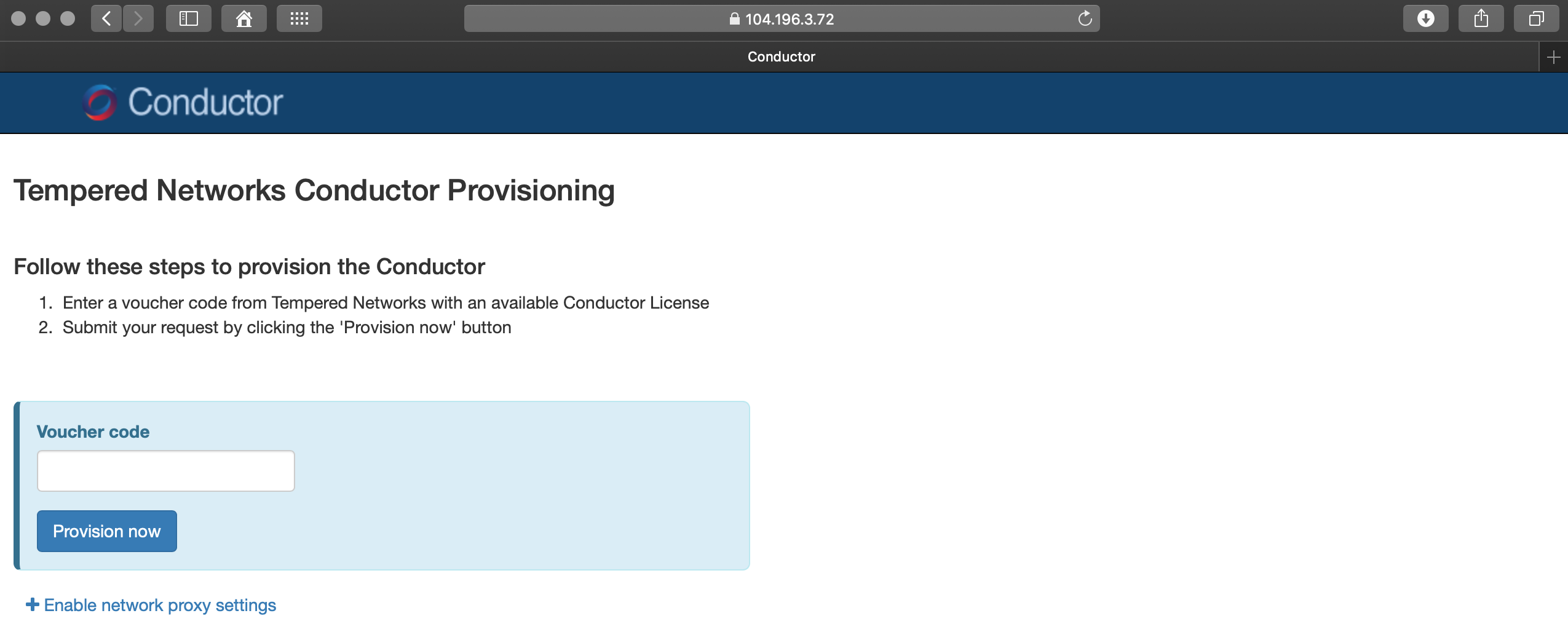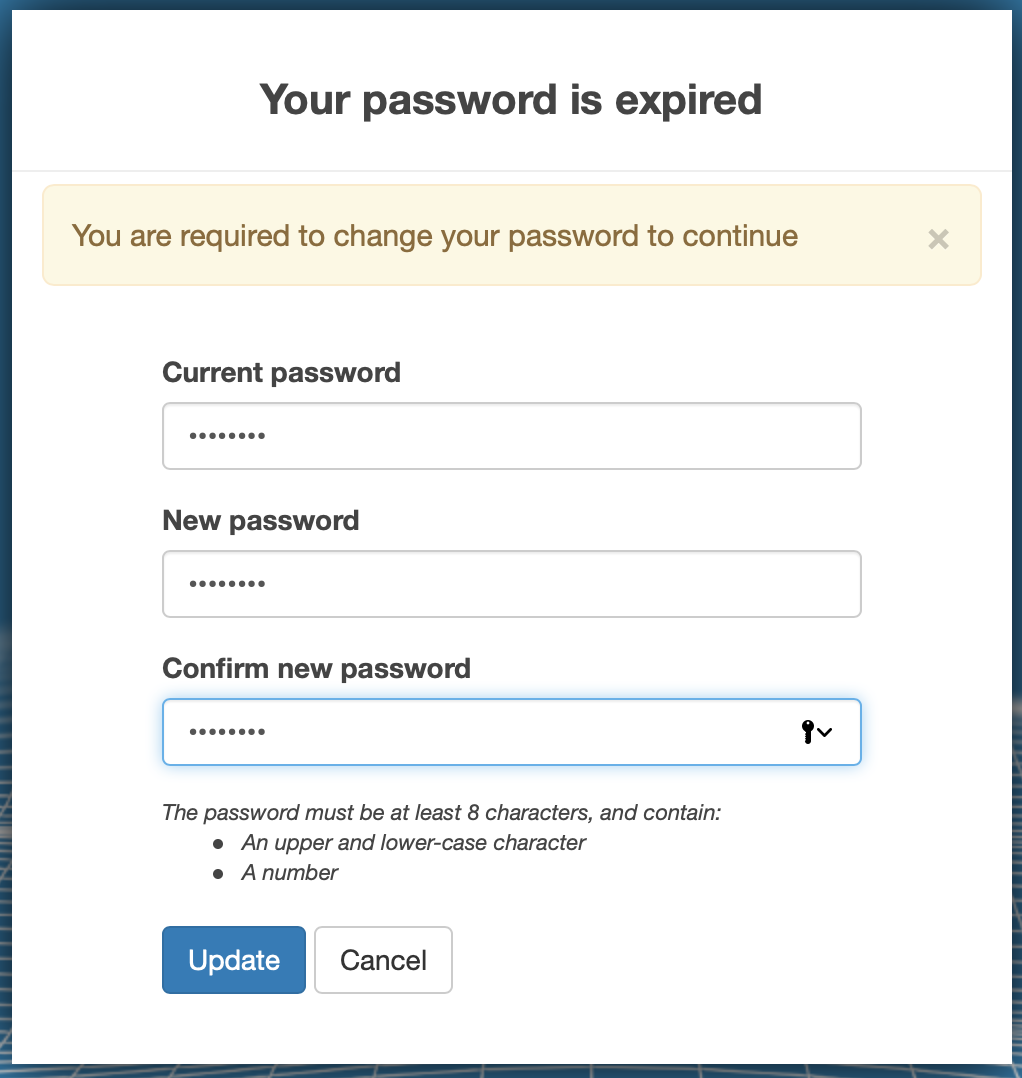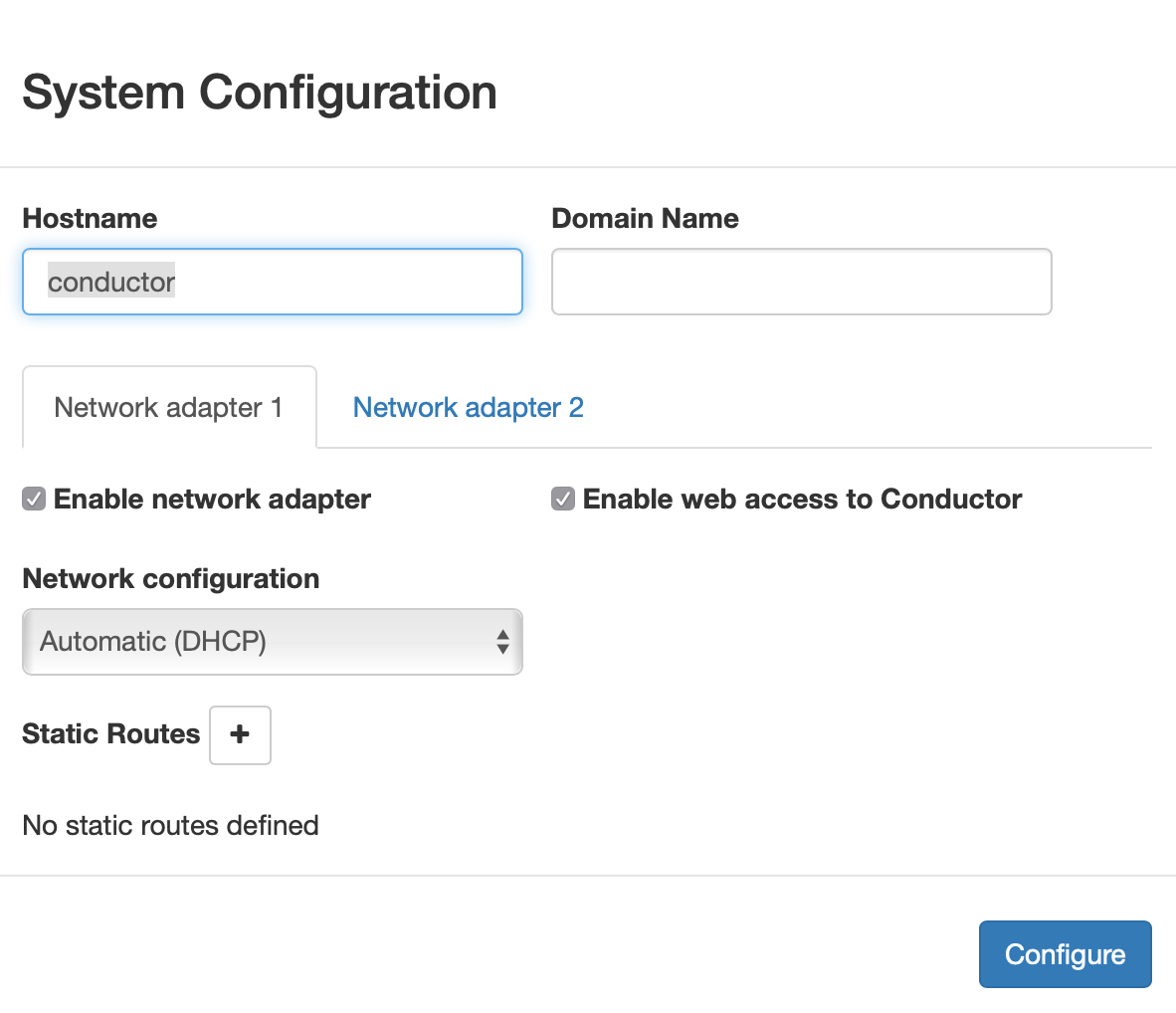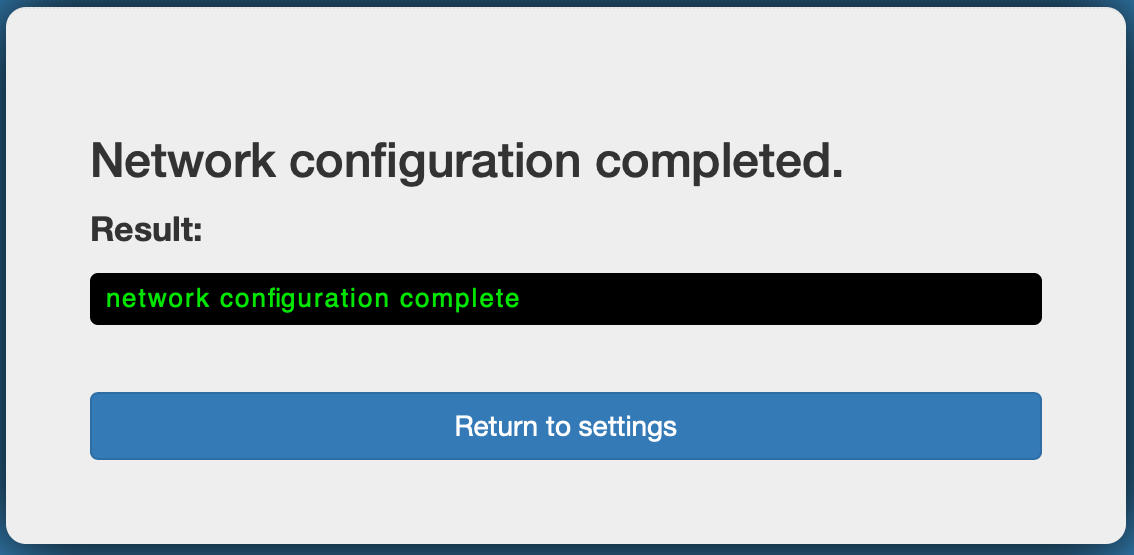Deploy a Conductor on Amazon Web Services (AWS)
You can deploy a Tempered Networks Conductor on AWS and manage physical, virtual, and cloud HIPservices, and HIPclients. Use the following steps to deploy a Conductor on the AWS platform.
Prerequisites
- Access to a Amazon Web Services (AWS) account. If you don't have an account, you can create a free AWS Free Tier account and upgrade it to a full account later.
- Billing information set up on your AWS account. You cannot create a project until you are able to link your billing information to your newly created project.
- A Conductor license voucher if you want to start the Conductor and verify it is set up correctly. Fulfillment will provide this to you in an email after your purchase is complete.
- The Amazon Machine Image (AMI) ID that you received from Tempered Networks Fulfillment when you purchased your AWS Conductor.
Log in to AWS
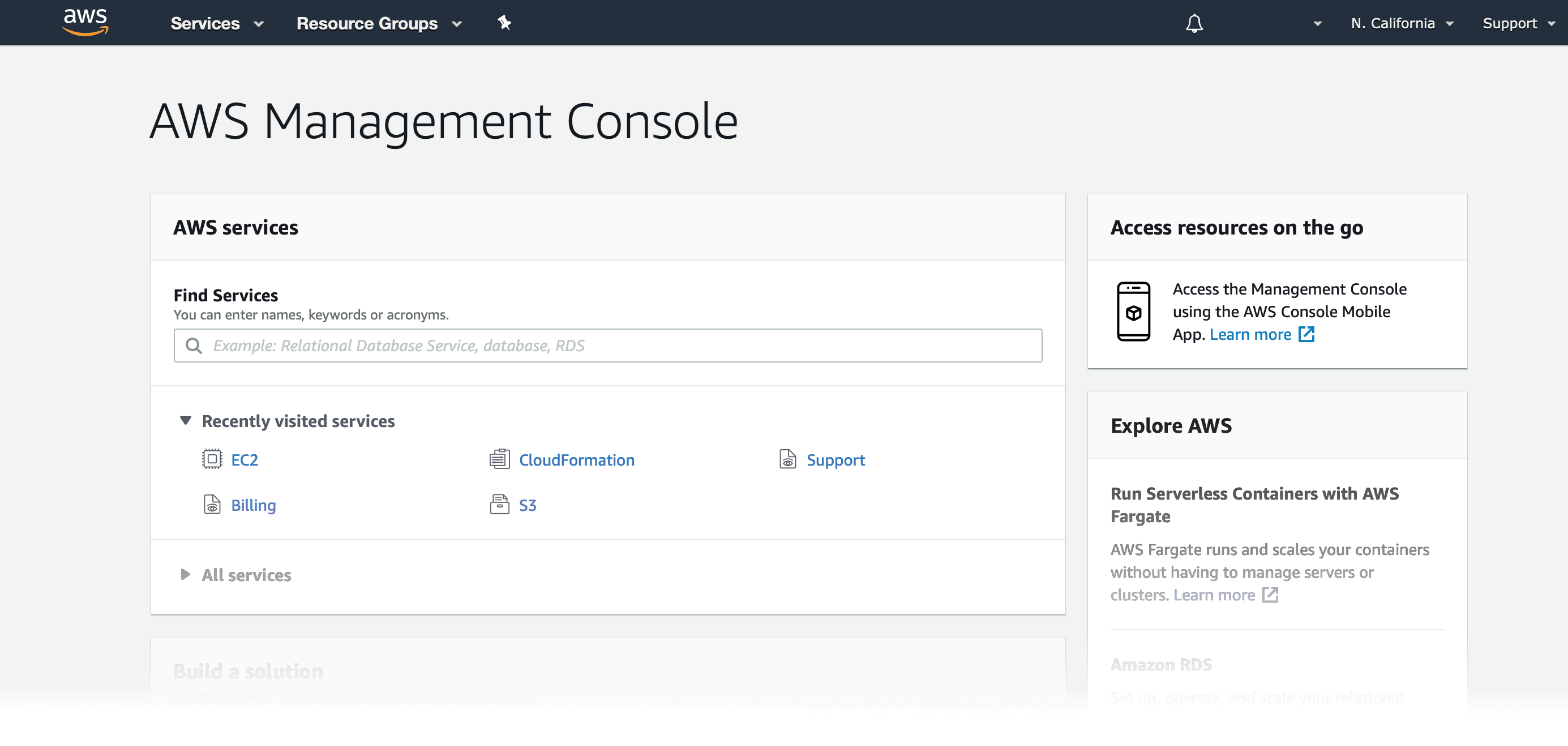
Create a Launch Instance
When you sign up for Amazon Web Services (AWS), your AWS account is automatically signed up for all services in AWS, including Amazon EC2. You add the Tempered Networks Conductor as an EC2 instance, so make sure you have the AMI ID that you received from Tempered Networks Fulfillment when you purchased your AWS Conductor.
To create an instance:
Step 1: Choose an Amazon Machine Image (AMI)
Step 2: Choose an Instance Type
Step 3: Configure Instance Details
Step 4: Add Storage
Step 5: Add Tags
Step 6: Configure Security Group
Step 7: Review
Verify the install
To verify the install:
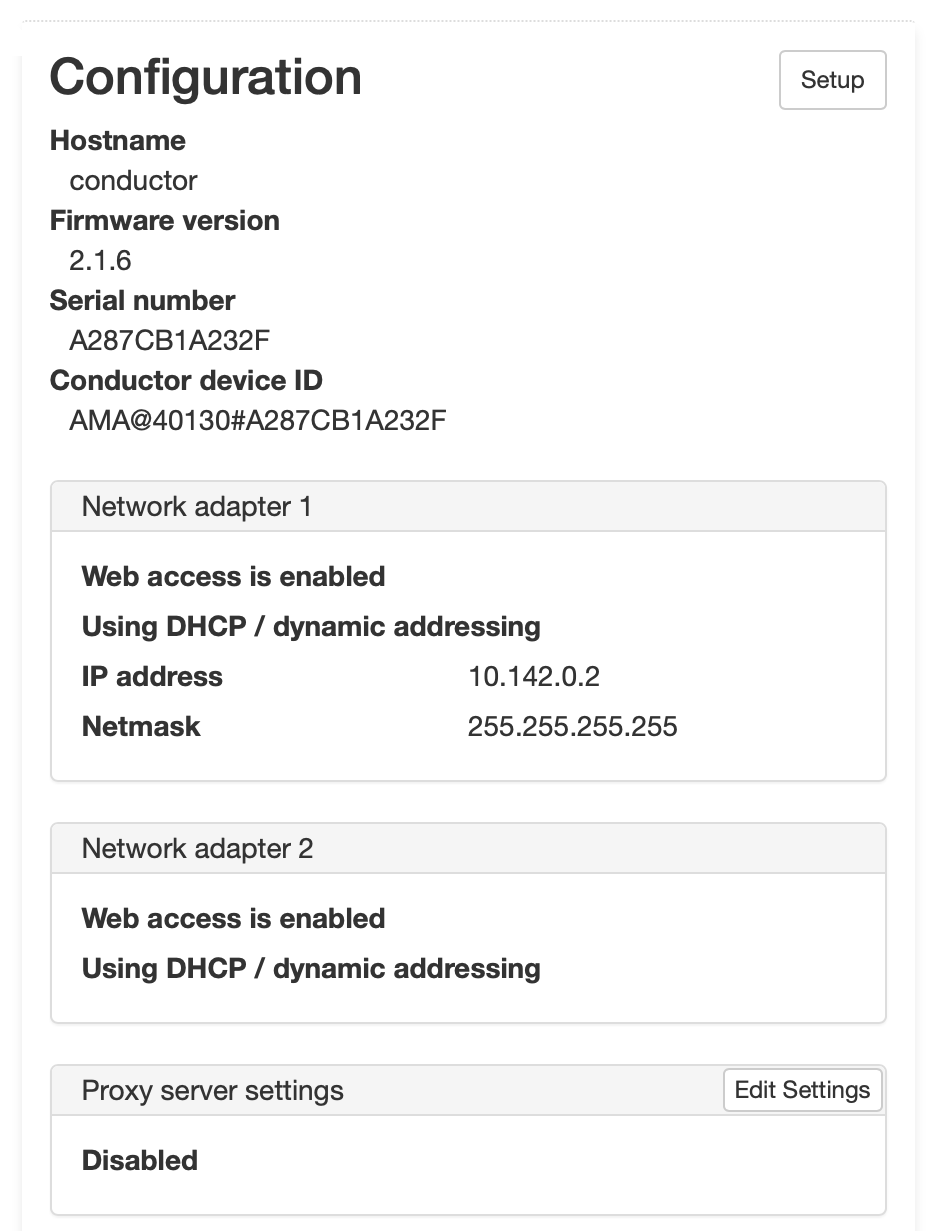
Additional Information
Once your Conductor is installed, you can configure and manage it as you would a physical Conductor. For additional help, you can search the Online Documentation by using the search bar at the top of the page or the navigation links to the left.

